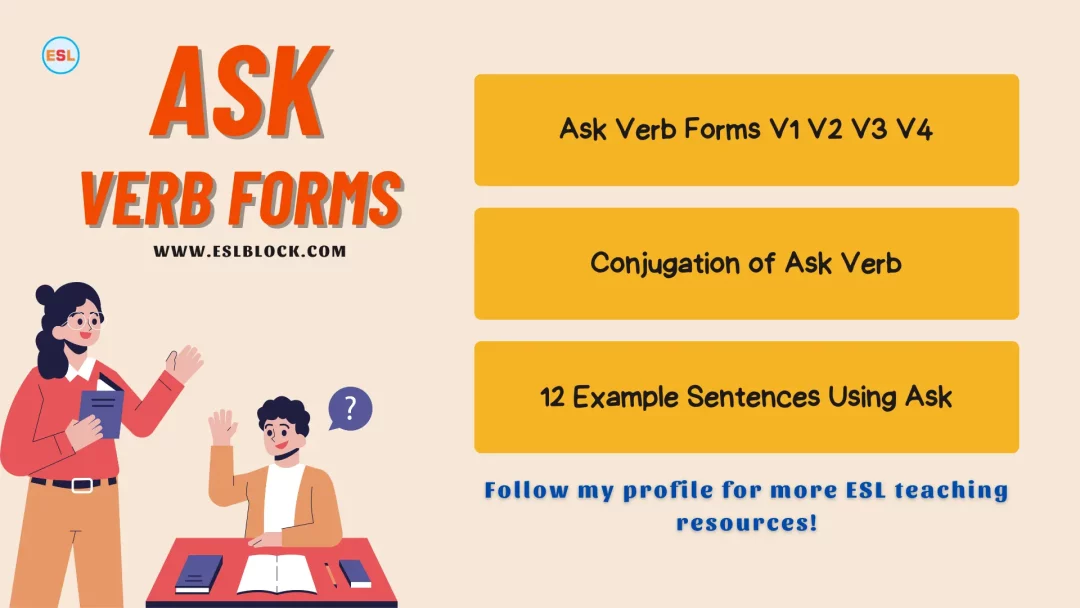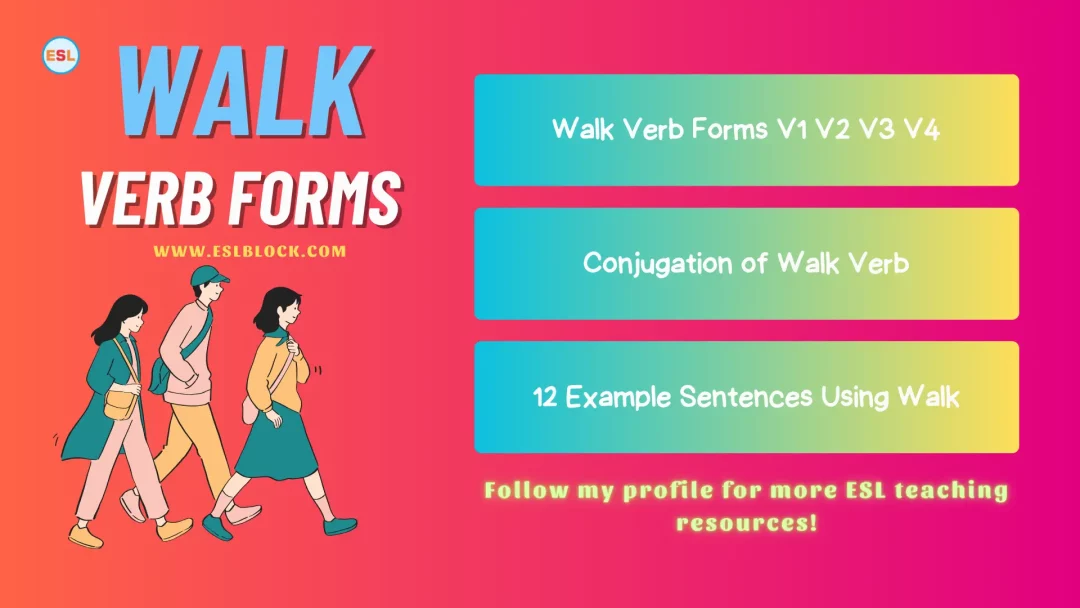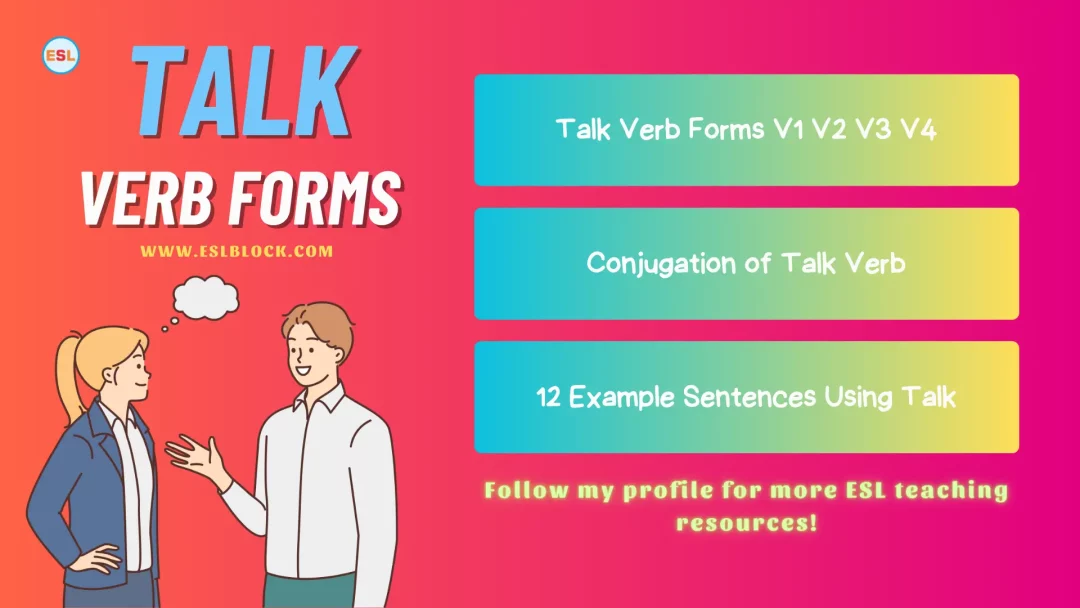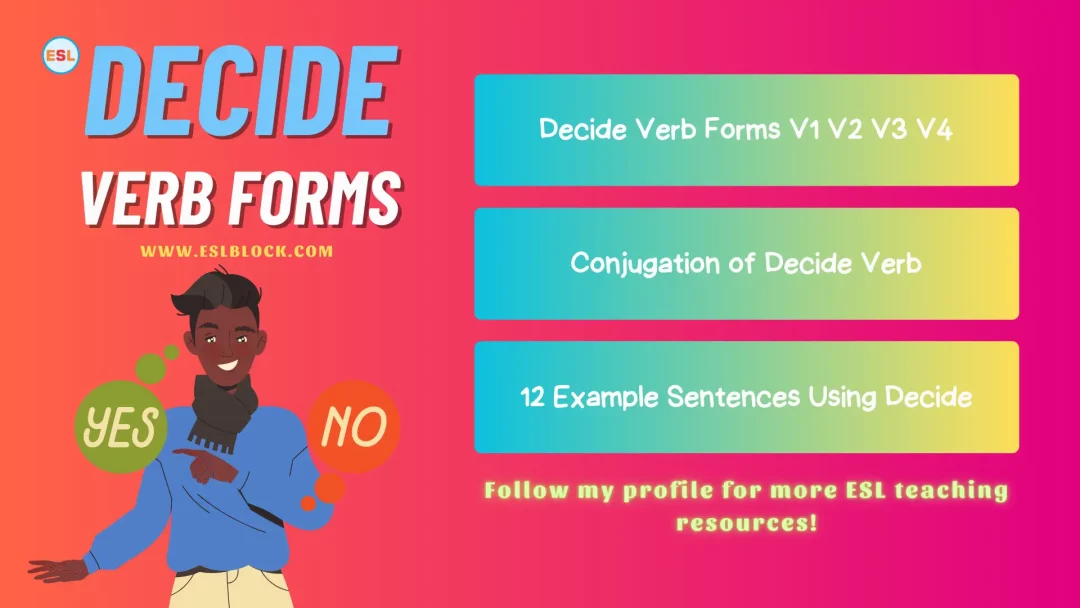What are Definite and Indefinite Articles in English Grammar?
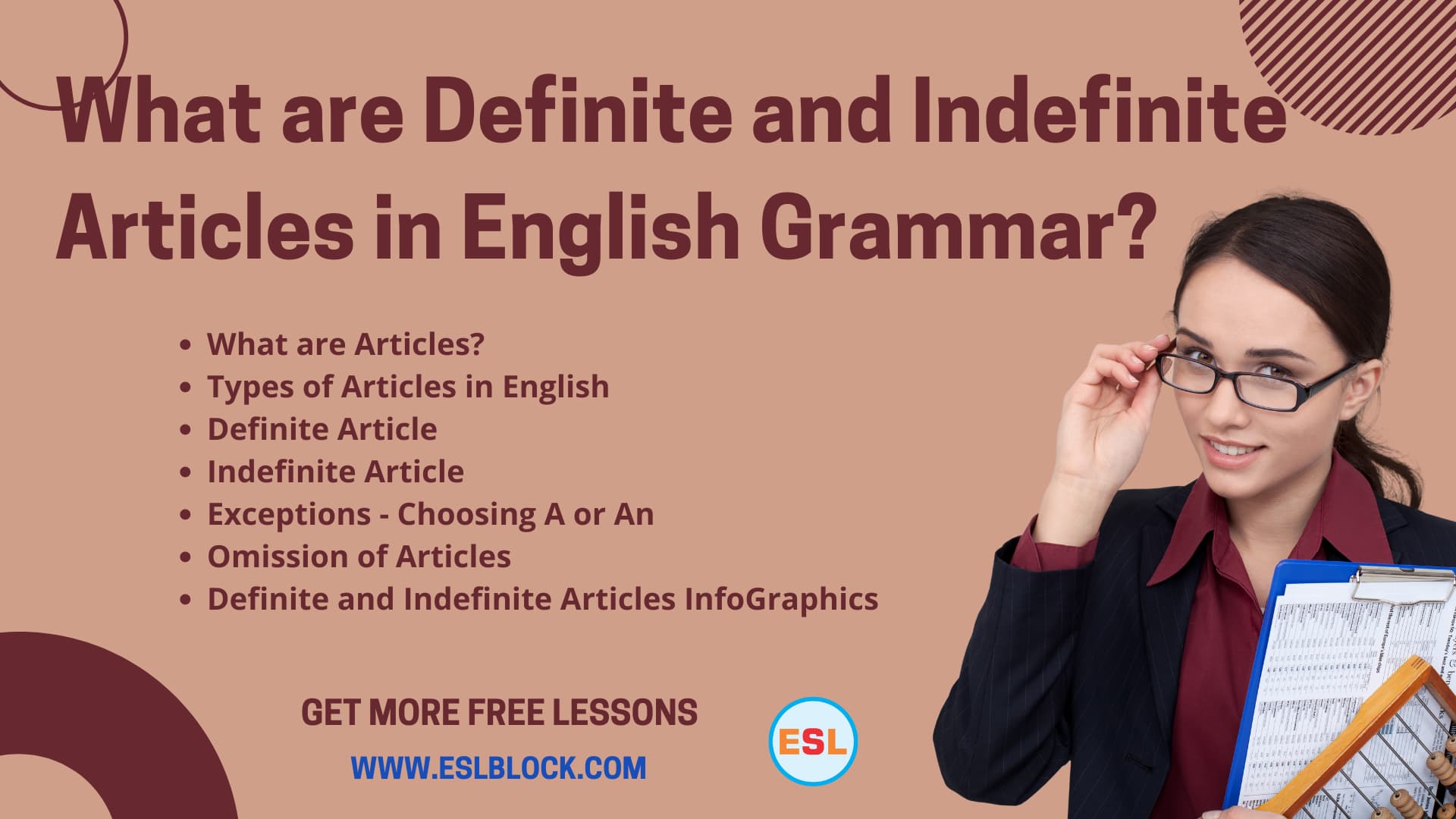
![]()
What are Definite and Indefinite Articles in English Grammar? In this article, I am going to explain Articles in English Grammar for kids. Articles are the words that define a noun as either specific or non-specific. An article is an adjective. Like adjectives, articles modify nouns. Take a look at some of the examples below:
After the long day, the cup of tea tasted good.
Using the article, we’ve demonstrated that it was a specific day that was long and one particular drink of tea that was good and delicious.
Also Read: Rules of Using Articles with Examples
Using the article ‘a’ in this article, we’ve made a general statement that suggests that every cup of tea can be delicious after a long day.
There are two types of English articles in English Grammar, definitive and indefinite articles. Let’s look at them in greater depth.
In English, there are three articles total a, an, and the. Articles are often used before nouns or equivalents of nouns and are a form of an adjective.
The definitive article (the) is used before the word to indicate that the name of the noun is known to the user.
An indefinite word (a, an) is used to describe a general adjective or in cases where its identity isn’t established. There are some instances where a noun has no article.
As a guide, the below definitions and tables provide the fundamental use of the articles. Read on to get a more in-depth explanation of the rules and examples of when and how to use these rules.
Learn to use Definite and Indefinite Articles with example sentences and ESLBLOCK worksheets for printing.
Also read: Baby Farm Animals
Types of Articles in English
Many languages do not use the articles (“a,” “an,” and “the”), and even if they exist, however, how they are used could be different from English. Many multilingual writers discover that using articles is the hardest concept for writers to master.
While there are rules concerning the usage of article words to assist, there are some exceptions. So, learning how to use articles correctly takes a lot of time. To become proficient with the use of articles, it is essential to spend a lot of time reading, observing how articles are used in texts published, and making notes that you can incorporate into your writing.
There are total of three articles (a, an, the) that are classified into two groups.
Definite Article
The article “the” can be described as a definite article. It is used to indicate particular references and is used with singular as well as plural nouns and countable and uncountable words. Here are some examples of the definite article (the) used in sentences:
- Please give me the pink pen; the red one is not good.
- Please give me the steel nail; it’s the only one strong enough to hold a new painting.
- Please give me the pen and the steel nail.
- I have the pen in my locker.
- I read the book yesterday.
- I love to sail over the water
Indefinite Article
The articles “a” and “an” are indefinite articles. They are used in conjunction with the singular countable noun when the word used isn’t specific or generic. Here are some examples of the indefinite article (a, an) used in sentences:
- Please hand me a pen; any pen will do.
- Please hand me an apple; any apple will do.
- An accountant was called to testify.
- A new witness changed the course of the trial.
- I need a cup of tea.
- I need a glass of milk.
- I have a bike.
- This is an orange.
- Emilia sang a song.
- Justin is a student.
- A European
- A ewe
- A forest officer
- A historical monument
- A house
- A Member of Parliament
- A one-eyed man
- A one-rupee note
- A union
- A unique planet
- A unit
- A university
- A useful book
- A year
- A young man
- An eagle
- An F.O.
- An heir
- An honest man
- An honorarium
- An honour
- An honourable person
- An hour
- An M.P
- An orange
- An Umbrella
If you recognize your grammar, you’re most likely already well aware of adjectives.
Exceptions – Choosing A or An
There are some exceptions to the standard rule of using ‘a’ before a word that starts with consonants and a before word that starts with vowels.
For example, the first alphabet in a word like honor is a consonant but not pronounced. Despite its spelling, honor starts with vowel sounds. Therefore, we use an. Take a look at the sentence below for an example of this idea.
- My father is an honest man.
- He is a United States senator.
Omission of Articles
Some types of nouns that don’t take an article are:
- Names of nationalities and languages: British, Chinese, English, Spanish, Russian, Indian, Pakistani (unless you are referring to the population of the nation: “The Chinese are known for their warm hospitality.”)
- Names of sports: cricket, football, volleyball, hockey, baseball
- Names of academic subjects: mathematics, geography, biology, history, chemistry, physics, computer science
Here are some example sentences about the omission of articles.
- Sofia likes to play volleyball.
- My sister was always good at chemistry.
- I studied Chinese in high school for four years.
- William wants to get American nationality.
- Let’s go out for dinner tonight.
ALSO READ: Angles in a Triangle Worksheet
Definite and Indefinite Articles InfoGraphics
Here are some printable infographics about Definite and Indefinite Articles. Printable infographics are a fantastic way to share a significant amount of details in a short time in a stunning way. The Definite and Indefinite Articles infographic can help teachers and students to share their thoughts easily.
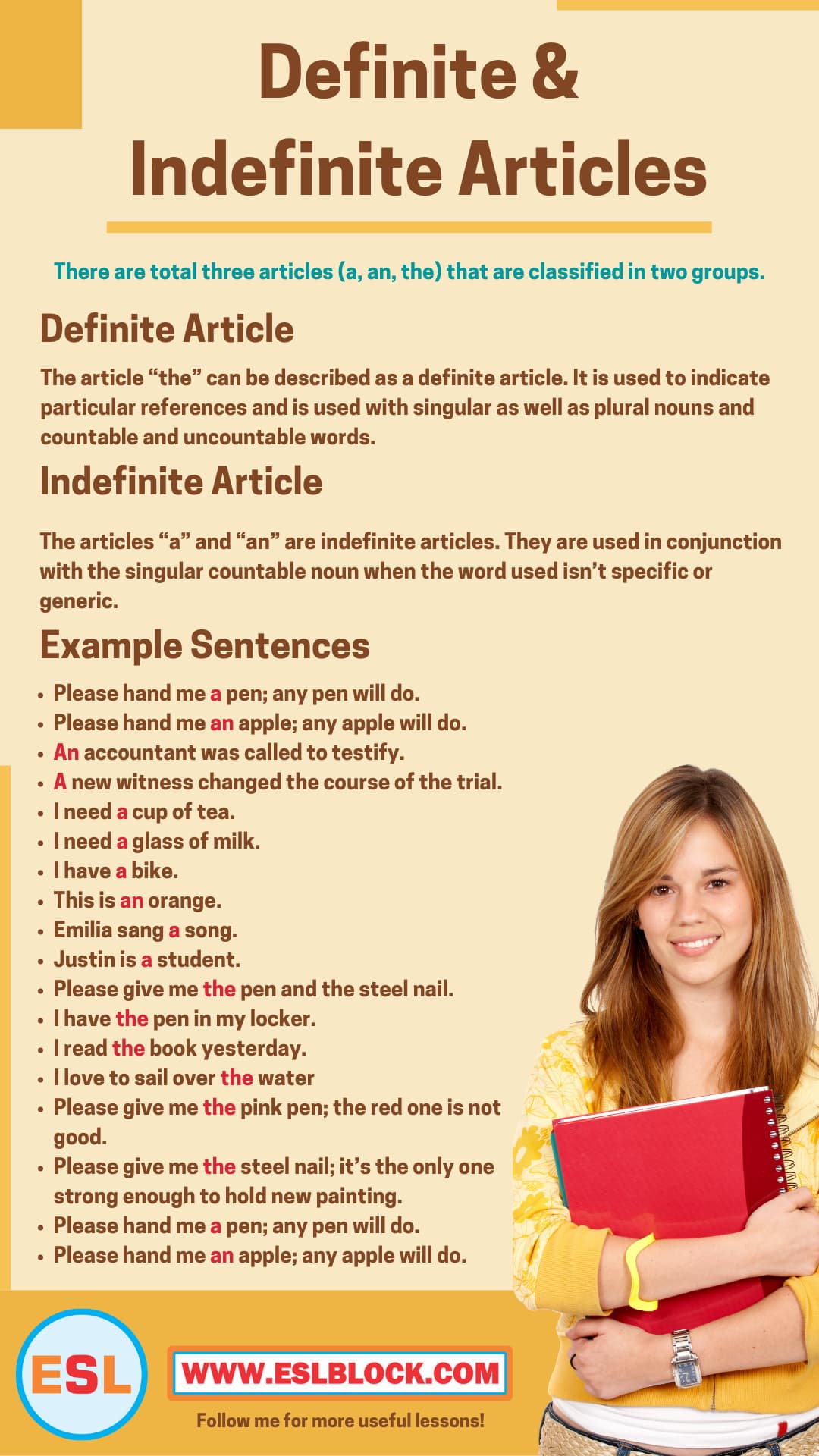
My Considerations
With this set of activities and explanations, you will quickly determine whether you are making the most effective use of the Definite and Indefinite Articles and how they could be used to enhance English writings.
Since the articles are the main part of English Grammar, the importance of developing English learning skills cannot be undervalued without Definite and Indefinite Articles.
You can read the above sample sentences about Definite and Indefinite Articles to improve your understanding of English grammar.
Encourage your children to learn these basic but commonly used Definite and Indefinite Articles, by following the simple example sentences given above. Then, save this list of Definite and Indefinite Articles sentences, handy for your kids in the future.
If you enjoyed a printable infographic about Definite and Indefinite Articles, I’d be very thankful if you’d help it spread by emailing it to your friends or sharing it on Pinterest, Reddit, Twitter, Instagram, or Facebook. Thank you!
Also read: Adjectives That Start With Y
Recap of what we just learned
- What are Articles?
- Types of Articles in English
- Definite Article
- Indefinite Article
- Exceptions – Choosing A or An
- Omission of Articles
- Definite and Indefinite Articles InfoGraphics
With ESLBLOCK, you will not face problems studying new ideas. If you are in doubt, the qualities of blog post about Definite and Indefinite Articles, reach us through our blog’s comment section. Keep checking back! We’ll attempt to give you feedback as early as possible. Thank you!
Also read: Adjectives That Start With Z
Related Topics
Explore the full list of Adjectives to Describe a Person from A to Z!
- A Adjectives to Describe a Person
- B Adjectives to Describe a Person
- C Adjectives to Describe a Person
- D Adjectives to Describe a Person
- E Adjectives to Describe a Person
- F Adjectives to Describe a Person
- G Adjectives to Describe a Person
- H Adjectives to Describe a Person
- I Adjectives to Describe a Person
- J Adjectives to Describe a Person
- K Adjectives to Describe a Person
- L Adjectives to Describe a Person
- M Adjectives to Describe a Person
- N Adjectives to Describe a Person
- O Adjectives to Describe a Person
- P Adjectives to Describe a Person
- Q Adjectives to Describe a Person
- R Adjectives to Describe a Person
- S Adjectives to Describe a Person
- T Adjectives to Describe a Person
- U Adjectives to Describe a Person
- V Adjectives to Describe a Person
- W Adjectives to Describe a Person
- X Adjectives to Describe a Person
- Y Adjectives to Describe a Person
- Z Adjectives to Describe a Person


